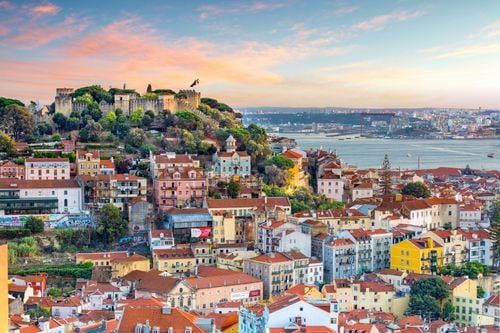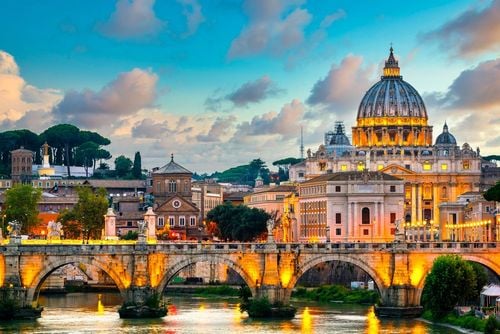Montenegro is a booming destination. This small Balkan country has plenty to offer, starting with the splendid bay of the Mouths of Kotor, a UNESCO World Heritage Site.

Montenegro / Easyvoyage
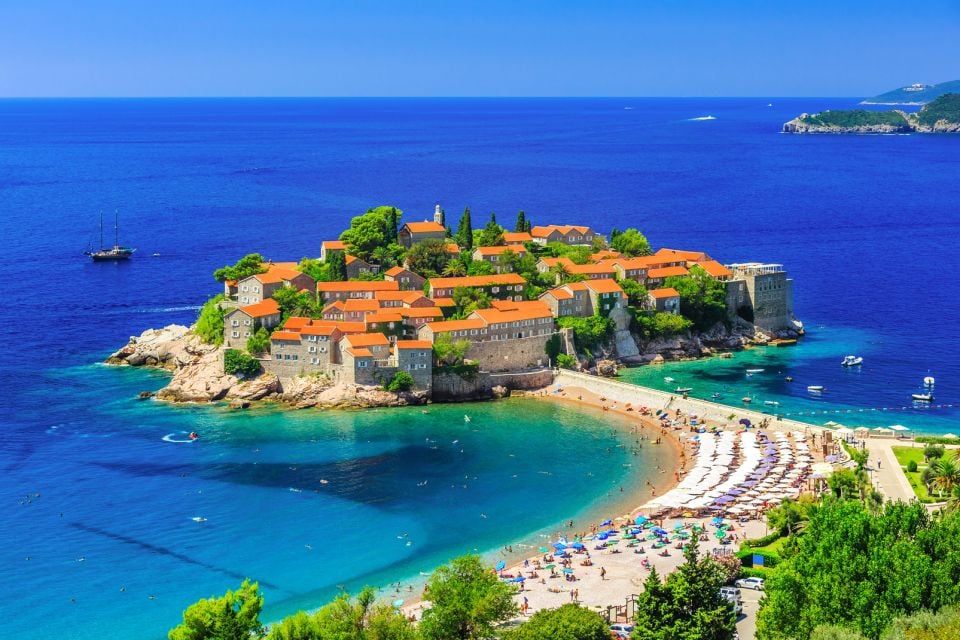
Montenegro is a booming destination. This small Balkan country has plenty to offer, starting with the splendid bay of the Mouths of Kotor, a UNESCO World Heritage Site.
A small Balkan country still untouched by mass tourism, Montenegro could be the next Eldorado for Mediterranean tour operators. A hidden treasure on the Adriatic coast, this republic wedged between Croatia and Albania boasts sumptuous Orthodox monasteries and preserved medieval villages along a 296km stretch of coastline. Nature has created a veritable masterpiece here: the Kotor Mouths, a bay made up of four gulfs that extend 28 km inland. Listed as a UNESCO World Heritage Site, the mouths of Kotor alone justify a trip to Montenegro, where the euro is the official currency. It's impossible to mention Montenegro without mentioning the luxurious Aman Sveti Stefan hotel, an ancient fortified fishing village built on a rocky islet, linked to the coast by a narrow sandy isthmus.

Ville historique de Perast dans la baie de Kotor en été au coucher du soleil
- © givaga / ShutterstockSurrounded by mountains rising to almost 1,000 metres and literally plunging into the sea, the mouths of Kotor are undoubtedly the most interesting part of a stay in Montenegro. It takes just 1 hour to drive around them, passing through some lovely little villages. Perast, Risan and Prcanj are quiet little villages on the water's edge, where it's good to stop for a few hours to enjoy a good fish while facing the majestic mouths of Kotor. Budva is Montenegro's best-known seaside resort, attracting 70% of foreign visitors. On the menu: a charming citadel surrounded by ramparts, and sandy and pebble beaches, the most famous of which, Becici, is just a few minutes from the town. In front of the latter, a dozen or so hotels of a high standard, but with an architecture that shows little respect for the environment, are jostling for position.

Vue sur les rues de la vieille ville de Budva
- © Tsuguliev / ShutterstockThe star of the Adriatic coast is undoubtedly Sveti Stefan, an ancient fortified fishing village dating back to the 15th century, built on a rocky islet linked to the coast by a narrow sandy isthmus. In 1960, at the instigation of Tito, the island was transformed into a luxury hotel, a symbol of the country and a holiday destination for royalty, politicians, fashion and film personalities. 50 years later, the island was reborn with the inauguration of Aman Sveti Stefan, by one of the world's most luxurious hotel groups.
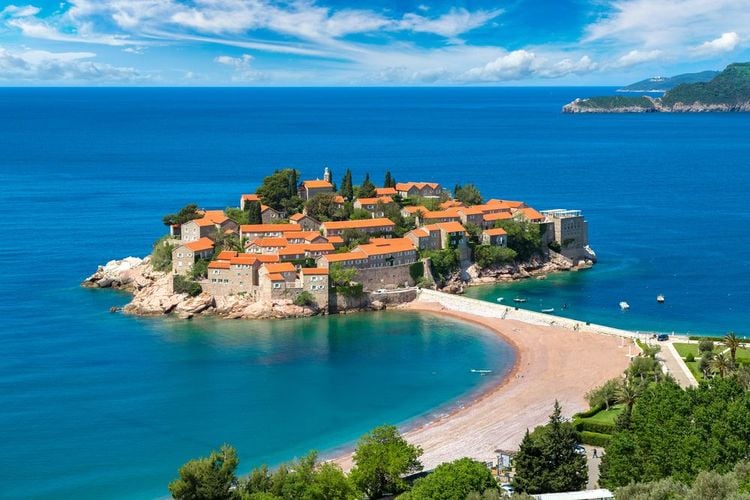
L'île de Sveti Stefan à Budva
- © Sergii Figurnyi / ShutterstockFurther afield, continuing towards Albania, there are charming seaside resorts such as Petrovac, with its beach enclosed by a Venetian fortress, and Ulcinj, close to the border, which has remained under Ottoman influence for three centuries. Also worth a visit on this stretch of the Montenegrin coast is the astonishing ghost village of Stari Bar. The fastest-growing region in Montenegro is Tivat, gateway to the Kotor Mouths and home to an airport. Nicknamed the new Monte Carlo, Porto Montenegro, in the bay of Tivat, is one of Europe's most luxurious marinas, and home to a luxury hotel, the Regent Port Montenegro.
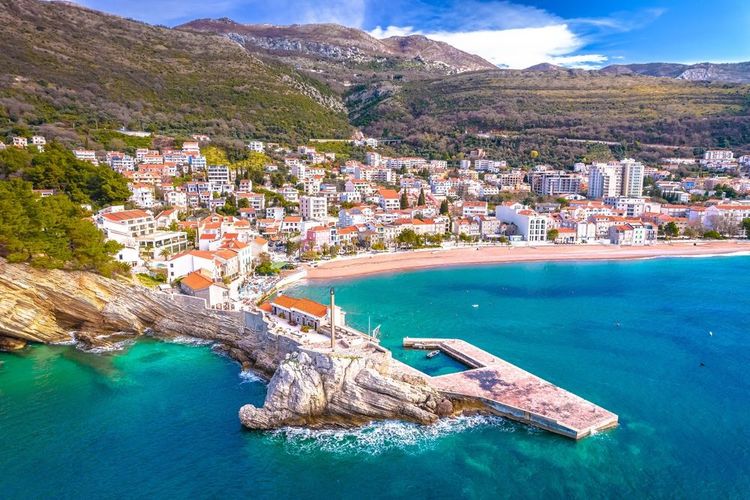
Ville de la plage de Petrovac et vue aérienne du littoral
- © xbrchx / ShutterstockYou should not hesitate to move away from the coast and head into the Montenegrin mountains: 32 minutes and 32 turns from Budva, the charming town of Cetinje, former capital of a short-lived kingdom at the beginning of the 20th century, offers a pleasant escape on the way to the Lovcen national park, 20 km from the sea. The country also boasts other listed national parks, such as Lake Skadar, Durmitor and the Tara Canyon, not to mention the troglodyte monastery of Ostrog, carved out of the rock and the most visited pilgrimage site in the Balkans.
Montenegro's gastronomy is the result of many regional influences. Montenegrin cuisine features fresh fish on the coast and smoked ham (prsut) and cheese (Njegusi) in the mountains. It is customary to welcome visitors with <«>slatko<»> (sweet fruit in jars). Mostly figs and grape marc (lozovaca). Almost everywhere you go, you'll find spit-roasted specialities such as suckling pig (prasetina), lamb (janjetina) or mutton (ovcetina). Cevapcici is a preparation based on grilled meatballs made from various types of minced meat. The dishes are served with corn bread (proja). Zito is a dessert made with wheat, nuts, sugar, vanilla and nutmeg, with a dash of rum. Skakavica is a dish of sea or lake fish, dried and salted with white cabbage, olive oil and lemon juice. Domaca kobasica na zaru is a dish of homemade sausages grilled over a wood fire. You can drink a variety of plum brandies, not forgetting the famous Loza, a grape brandy. The most famous wine is Vranac.

Ville de la plage de Petrovac et vue aérienne du littoral
- © Mimma Key / ShutterstockMontenegrin identity was forged at the end of the 15th century, during the Ottoman invasions. A Slavic identity, embracing the Orthodox faith, in reaction to the invading Ottoman Turks. Medieval traditions are still very much a part of Montenegro's culture and traditions, as demonstrated by the medieval festival in honour of Hélène d'Anjou in May, as well as the shepherds' festival in June, with races and games of strength, flute competitions and other festivals. Poetry, theatre, dance, music - all aspects of Montenegrin culture draw directly on these medieval traditions, with Ottoman influences, of course, but also Venetian and Austro-Hungarian. A folklore that is said to have influenced Hergé when he imagined the mysterious Syldavian kingdom of Ottokar's Sceptre. One of the highlights of Montenegrin festivities is Carnival, celebrated with great pomp in Kotor in particular, with masquerades and the cremation of Bonhomme Carnaval on the seafront promenade. The festivities conclude with a masquerade ball at which prizes are awarded to the most beautiful masks of the year.

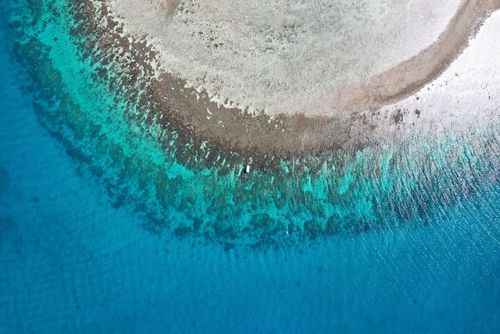
Most flights are operated during the summer season, particularly to Tivat airport, ideally situated on the Kotor Mouths. From Podgorica, it will take longer to get to the coast. Several charter flights land at Dubrovnik in Croatia, a 45-minute bus ride from the border. You can also travel via Croatia: several charter flights land in Dubrovnik, a 45-minute bus ride from the Montenegrin border.
Montenegro offers a variety of accommodation options to suit all tastes and budgets. For a luxurious experience, the Aman Sveti Stefan hotel is a real gem, nestling on a rocky islet linked to the coast by a sandy isthmus. Nature lovers can opt for picturesque guesthouses in small coastal villages such as Perast, Risan or Prcanj, offering an authentic atmosphere and breathtaking views of the Mouths of Kotor. Budva, the best-known seaside resort, offers a variety of upmarket hotels along its beaches, although the architecture can vary. Whichever you choose, you're sure to find comfortable, welcoming accommodation to complement your unforgettable Montenegro experience.
Surface area: 13812.0 km2
Population: 632261
Time difference: None
In Kotor, the climb up to St John's fortress, 280 metres above the town, is a must. Take your time climbing the 1,426 steps to the citadel, and stop halfway up at the chapel, built by the survivors of a plague epidemic in 1572. Allow an hour with good walking shoes. Don't forget to take water! The view of Kotor and its bay from the top is breathtaking...
The nights are particularly lively in the bars and discos of Herceg-Novi, Budva and Kotor... If you're going on an excursion to Dubrovnik or Albania, plan to park for at least 30 minutes at customs. You should also be aware that the euro is not accepted in Croatia, unlike in Montenegro.
Local handicrafts include woven carpets whose composition, originality and harmony of colour make them veritable works of art. In Montenegro, engraved wooden objects such as boxes and cups are very common. Shops are generally open Monday to Saturday from 7am to 12pm and from 4pm to 8pm.
explore Try out our comparators
It is Easy to travel

